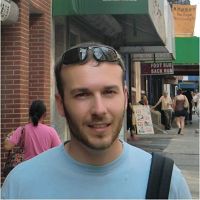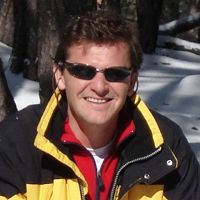Heidbuechel & Troch, 2012
What controls the shape of transit time distributions?
Heidbuechel I. and Troch P.A. (2012)
Abstract H31B-1117 presented at 2012 Fall Meeting, AGU, San Francisco, Calif., 3-7 Dec (Poster)
-
Catalina-Jemez, GRAD STUDENT
-
Catalina-Jemez, INVESTIGATOR
Abstract
The standard method to determine water transit time makes use of the isotopic signal of precipitation converting it into the isotopic signal observed in the streamflow. This conversion is done via a transfer function-convolution approach. In most cases the transfer function is assumed to be time-invariant in shape and scale. Recently, there have been attempts to let the scale parameter of the transfer function vary freely in time in order to yield variable mean transit times. However, if we want to make the method more realistic and improve its accuracy we also need to include variations in the shape parameter (or even the overall type) of the transfer function. Within different hydrologic scenarios (varying soil and precipitation parameters - like hydraulic conductivity and rainfall intensity - and varying antecedent moisture content) we used HYDRUS on a model hillslope to produce precipitation events with different transit time distributions. It turns out that low antecedent moisture contents and low precipitation intensities produce transit time distributions of the advection-dispersion type whereas high antecedent moisture contents and high precipitation intensities produce transit time distributions of the gamma type. We developed a dimensionless number that incorporates the most important parameters and states (hydraulic conductivity, soil depth, porosity, precipitation intensity and duration and antecedent moisture content) in order to track the changing type and shape of the transfer function through time.
Citation
Heidbuechel I. and Troch P.A. (2012): What controls the shape of transit time distributions?. Abstract H31B-1117 presented at 2012 Fall Meeting, AGU, San Francisco, Calif., 3-7 Dec (Poster).
Explore Further


